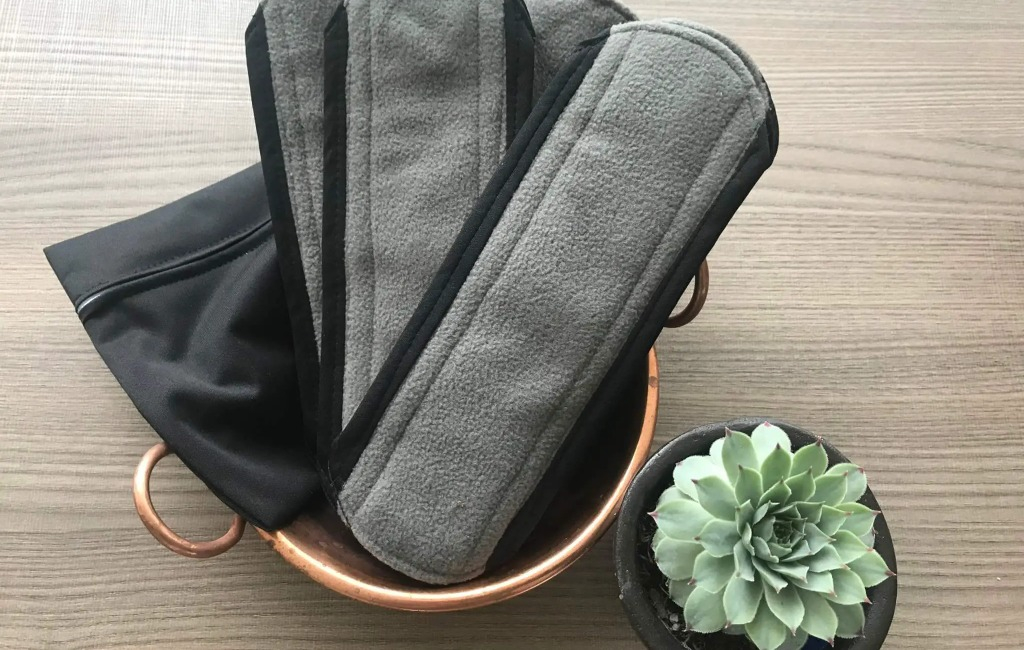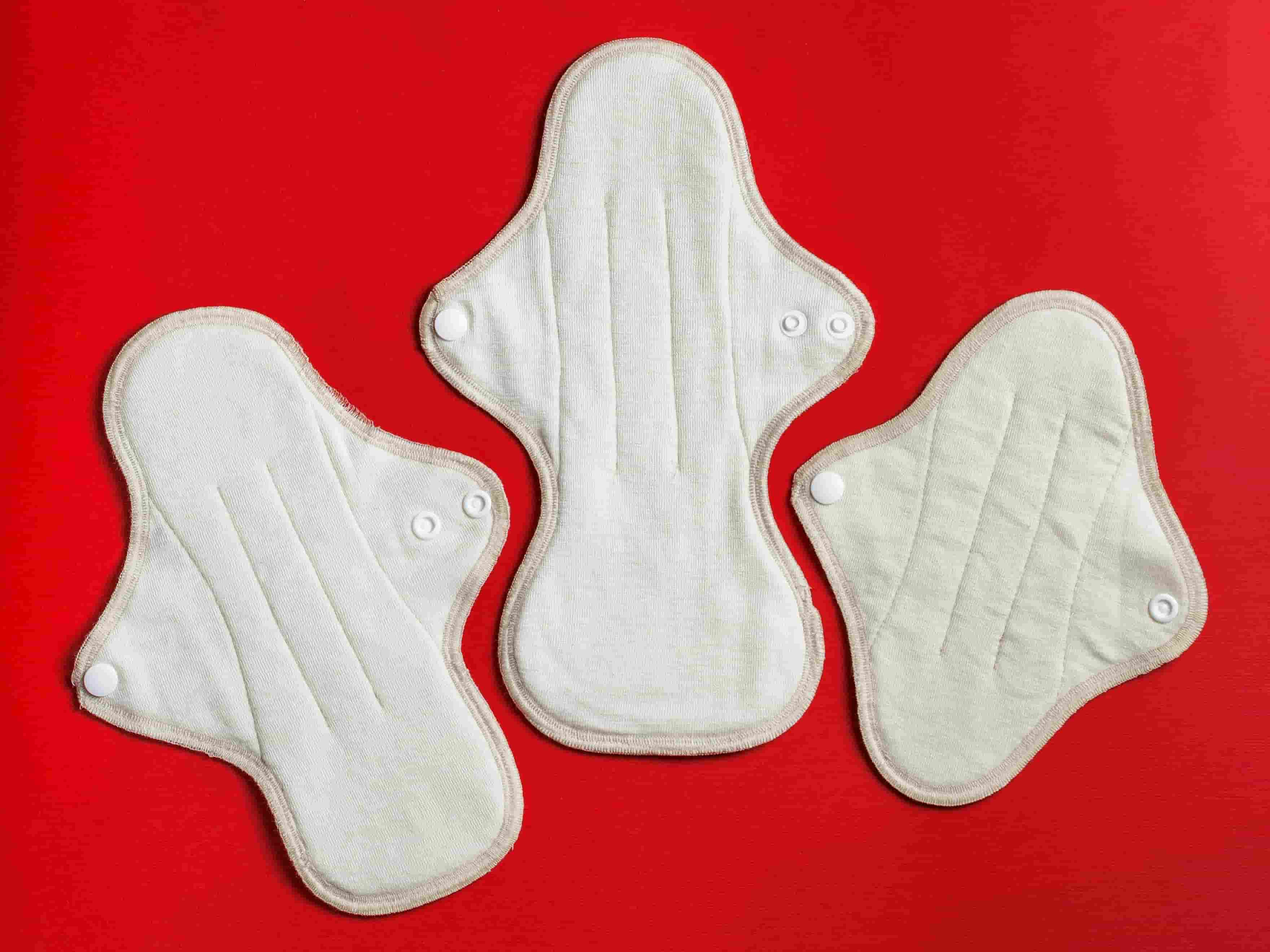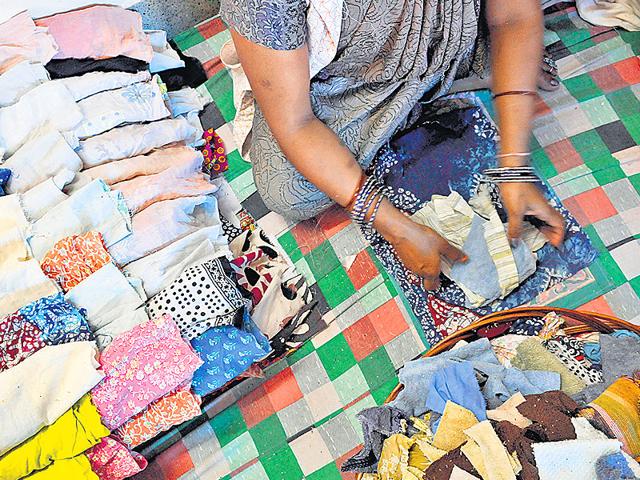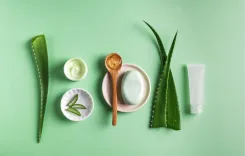How To Make Sanitary Pads At Home
By Hira Waheed
28 May 2023
Love the world? Love eco-friendly products? So we got a practical and sustainable solution for those who prefer homemade alternatives to traditional sanitary pads. By creating your own sanitary pads, you can reduce waste, save money, and have control over the materials used. We will guide you through the process, ensuring a comfortable and effective option for your menstrual needs.

Why Choose Homemade Sanitary Pads?
Environmental friendliness
By making your own sanitary pads, you contribute to reducing waste and the environmental impact associated with disposable pads.
Cost-effective

Homemade pads can save you money in the long run, as they are reusable and require minimal investment.
Customizability

You have control over the materials, size, and thickness of the pads, ensuring a comfortable fit that meets your individual needs.
Chemical-free

Homemade pads allow you to avoid potential chemicals or irritants often found in commercial pads.
DIY Sanitary Pad Materials
1) Absorbent Core:
- Organic cotton fabric or flannel
- Bamboo or hemp fabric (optional)
- Absorbent layer: cotton batting or microfiber towel
2) Leak-Resistant Outer Layer:
- Old shower curtain or mattress protector (as an alternative)
3) Soft and Comfortable Top Layer:
- Soft cotton fabric
- Organic cotton flannel or fleece
Method
- Cut the fabric into rectangles, approximately 9 inches long and 7 inches wide.
- Layer the absorbent material (cotton batting or microfiber towel) in the center of the fabric rectangles.
- Fold the fabric over the absorbent layer and secure the edges with pins.
- Place the absorbent core on top of the leak-resistant layer.
- Fold the edges of the outer layer over the absorbent core and pin them together.
- Using a sewing machine or needle and thread, sew around the edges of the pad, leaving a small opening to turn it right side out.
- Trim any excess fabric and turn the pad right side out.
- Sew the opening closed, ensuring all layers are securely sealed.
- Cut a piece of soft cotton fabric slightly larger than the pad.
- Place the soft fabric on top of the absorbent core.
- Sew around the edges of the pad, securing the soft fabric to the other layers.
Care and Maintenance

- After use, rinse the pad with cold water to remove any stains.
- Hand wash or machine wash the pads using a gentle detergent.
- Hang them to dry or use a low-heat setting in the dryer.
- Store the pads in a clean, dry place until their next use.
By making your own sanitary pads at home, you can embrace a sustainable and personalized approach to feminine hygiene.
You Might Also Want To Read This
Popular Posts







